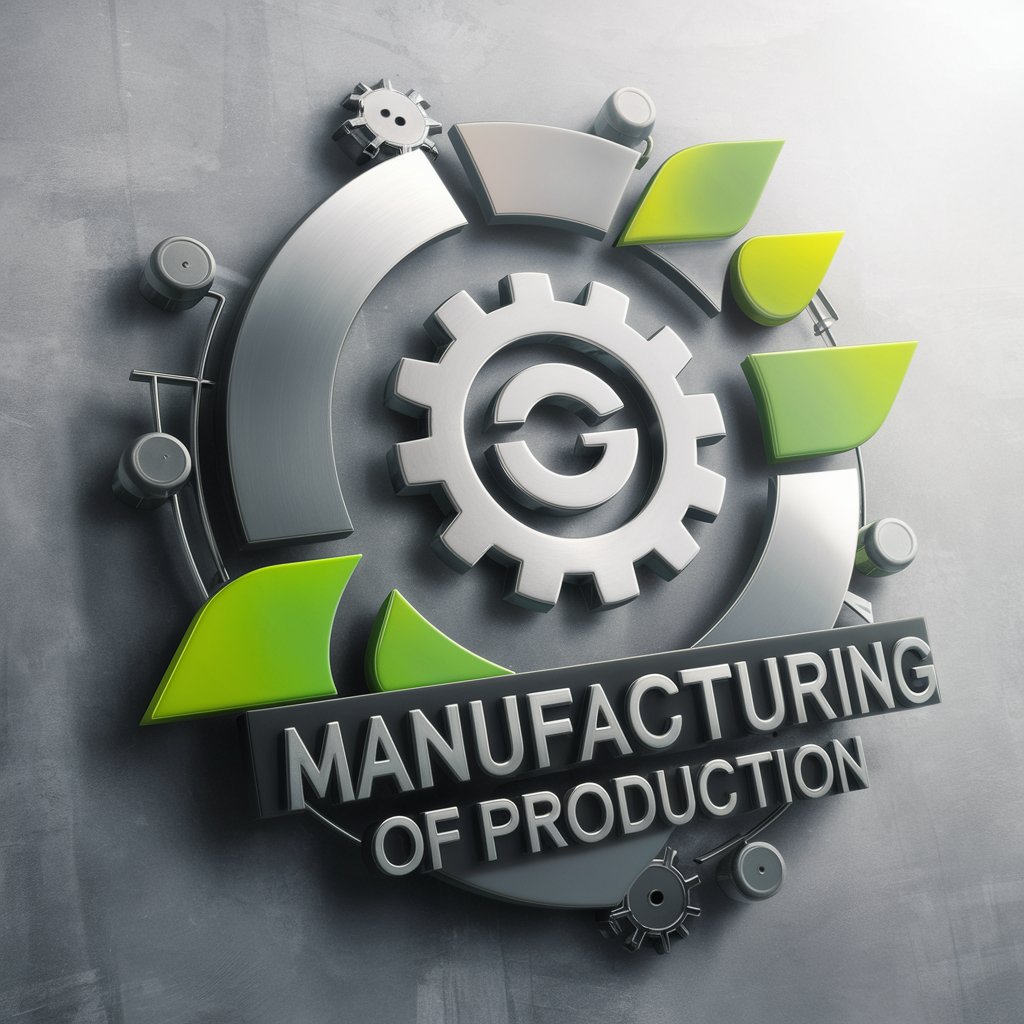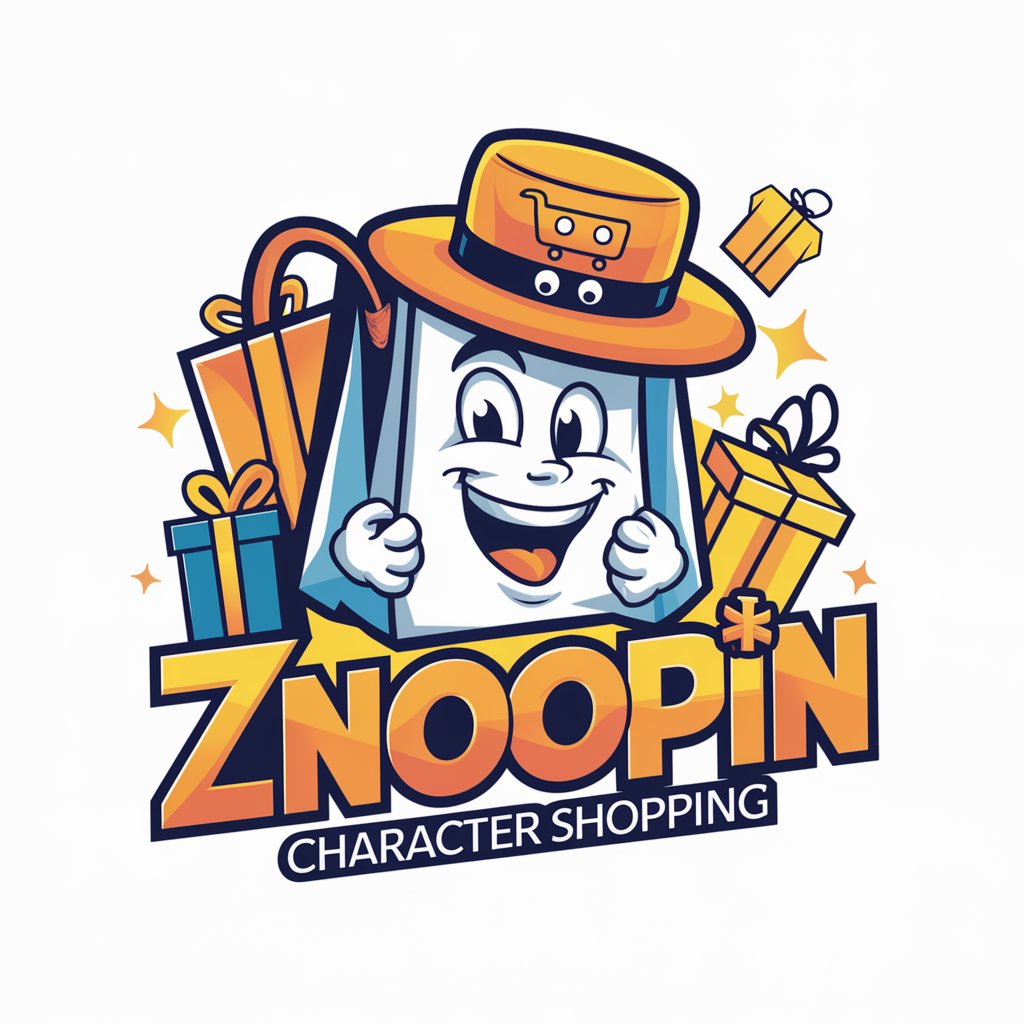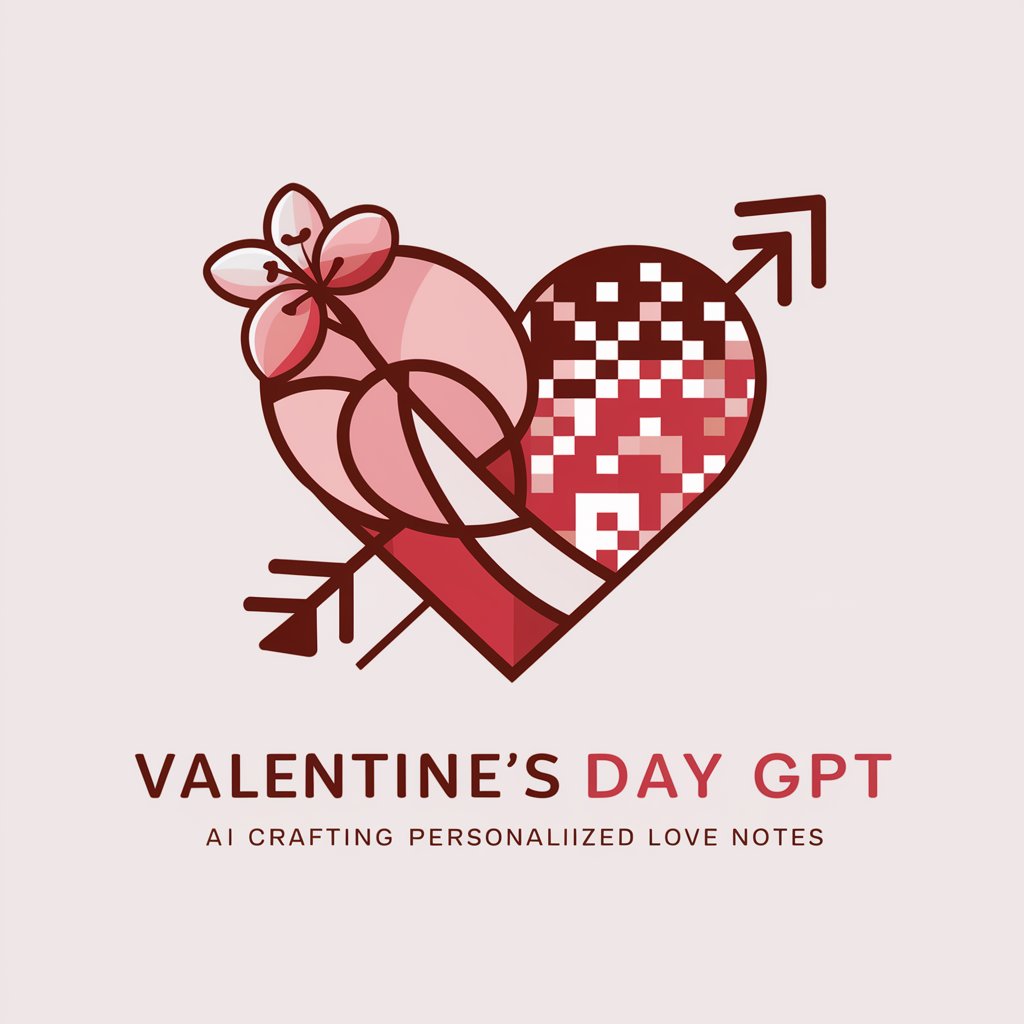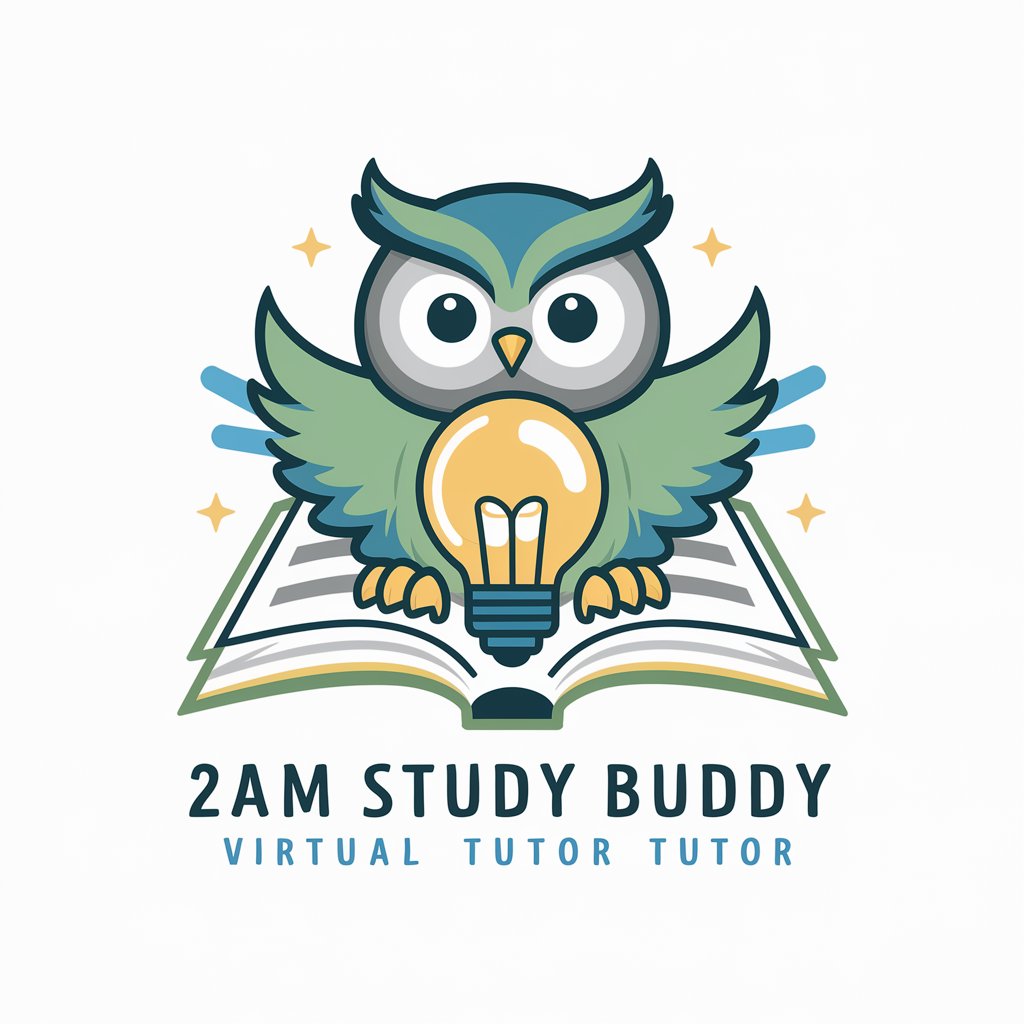How Things Are Made - Manufacturing Knowledge

Welcome! Discover how everyday items are made.
Discover the Making of Everyday Things
How is glass made, and what are the different methods involved?
Can you explain the process of 3D printing and its applications?
What are the environmental impacts of plastic production?
Describe the traditional techniques used in pottery making.
Get Embed Code
Overview of How Things Are Made
How Things Are Made serves as an expert guide in the realm of manufacturing and production processes, designed to enrich users with a deep understanding of how everyday objects are brought to life, from conceptualization to final product. This platform delves into the intricacies of various manufacturing techniques, offering vivid virtual tours, historical insights, and DIY project suggestions to foster hands-on learning and appreciation for the craftsmanship behind common products. For instance, a detailed exploration of glassblowing techniques not only demystifies the process but also highlights its artistic and cultural significance, providing users with a multifaceted understanding of glassware production. Powered by ChatGPT-4o。

Core Functions of How Things Are Made
Virtual Tours of Manufacturing Processes
Example
A step-by-step visual and descriptive journey through the chocolate making process, from bean to bar, showcasing the transformation through roasting, grinding, and tempering.
Scenario
Users interested in the food industry can virtually explore the intricacies of chocolate production, enhancing their appreciation for the craft and potentially inspiring culinary ventures.
DIY Project Suggestions
Example
Guidelines for creating homemade soap, detailing the saponification process, necessary ingredients, and customization options for scents and colors.
Scenario
Craft enthusiasts and eco-conscious individuals can engage in sustainable practices by creating their own personal care products, gaining insights into chemical processes and reducing reliance on commercial goods.
Comparisons of Manufacturing Methods
Example
An analysis contrasting traditional blacksmithing techniques with modern metal fabrication methods, highlighting differences in tools, techniques, and final product qualities.
Scenario
History buffs and technology enthusiasts can explore the evolution of metalworking, understanding how advancements have shaped current practices and products.
Target Users of How Things Are Made
Education Enthusiasts
Students, teachers, and lifelong learners seeking a deeper understanding of manufacturing processes, historical context, and practical applications in various industries would find the platform enriching and educational.
DIY Hobbyists and Crafters
Individuals passionate about hands-on projects and crafting, looking to understand the production processes behind materials and objects they use, and seeking inspiration for new projects.
Industry Professionals
Manufacturers, engineers, and designers could utilize the platform to stay informed about cutting-edge technologies, alternative materials, and innovative methods in their field, fostering continuous improvement and creativity in their work.

How to Use 'How Things Are Made'
1
Start your journey at yeschat.ai to explore 'How Things Are Made' without any login requirements or the need for a ChatGPT Plus subscription.
2
Identify a product, process, or manufacturing technique you're curious about and formulate your question clearly to ensure precise answers.
3
Utilize the 'Upload Image' feature for a visual analysis or explanation of manufacturing processes, if you have a specific item or machinery in mind.
4
Engage with the provided virtual tours, DIY projects, and cutting-edge manufacturing news to deepen your understanding and enjoyment.
5
Leverage the tool's insights to explore environmental impacts, cultural significance, and hypothetical scenarios for a comprehensive learning experience.
Try other advanced and practical GPTs
Znoopin Character Shopping
Shop with stars, find your marks.

Swiss Travel Planner
Discover Switzerland with AI-powered insights

Valentine's Day GPT
Crafting personalized expressions of love.

HORP - House Of Rare Plants
Cultivate your garden with AI-powered expertise

2AM Study Buddy
Your AI-Powered Study Companion

Survey Assistant
Craft tailored surveys with AI

WineGenie
Elevate Meals with AI-Powered Wine Pairings

A-Airlines Advisor
Your AI-powered American Airlines guide

Platform Comparison GPT
AI-powered tool comparison at your fingertips.

Weather Forecaster
AI-driven, precise weather forecasting

AI Friend Brianna
Your AI-Powered Best Friend

Documentary Editing Guide
Craft compelling documentaries with AI guidance.

FAQs About 'How Things Are Made'
What can I learn from 'How Things Are Made'?
You can discover the manufacturing processes, historical evolution, and environmental impacts of various products, alongside engaging in DIY projects and understanding cutting-edge technologies.
How does 'How Things Are Made' differ from traditional learning resources?
It offers interactive and engaging content like virtual tours and DIY projects, making complex processes easily understandable through analogies and visual analyses.
Can I use 'How Things Are Made' for educational purposes?
Absolutely. It's an excellent resource for students, educators, and anyone interested in learning about manufacturing processes, offering both historical context and updates on modern technologies.
Is there an environmental focus in 'How Things Are Made'?
Yes, the tool provides insights into the environmental impacts of manufacturing processes, encouraging sustainable practices and awareness.
How can I get the most out of 'How Things Are Made'?
Be curious and specific with your queries, make use of the image analysis feature, and dive into the supplemental content like virtual tours and DIY projects for a full experience.
